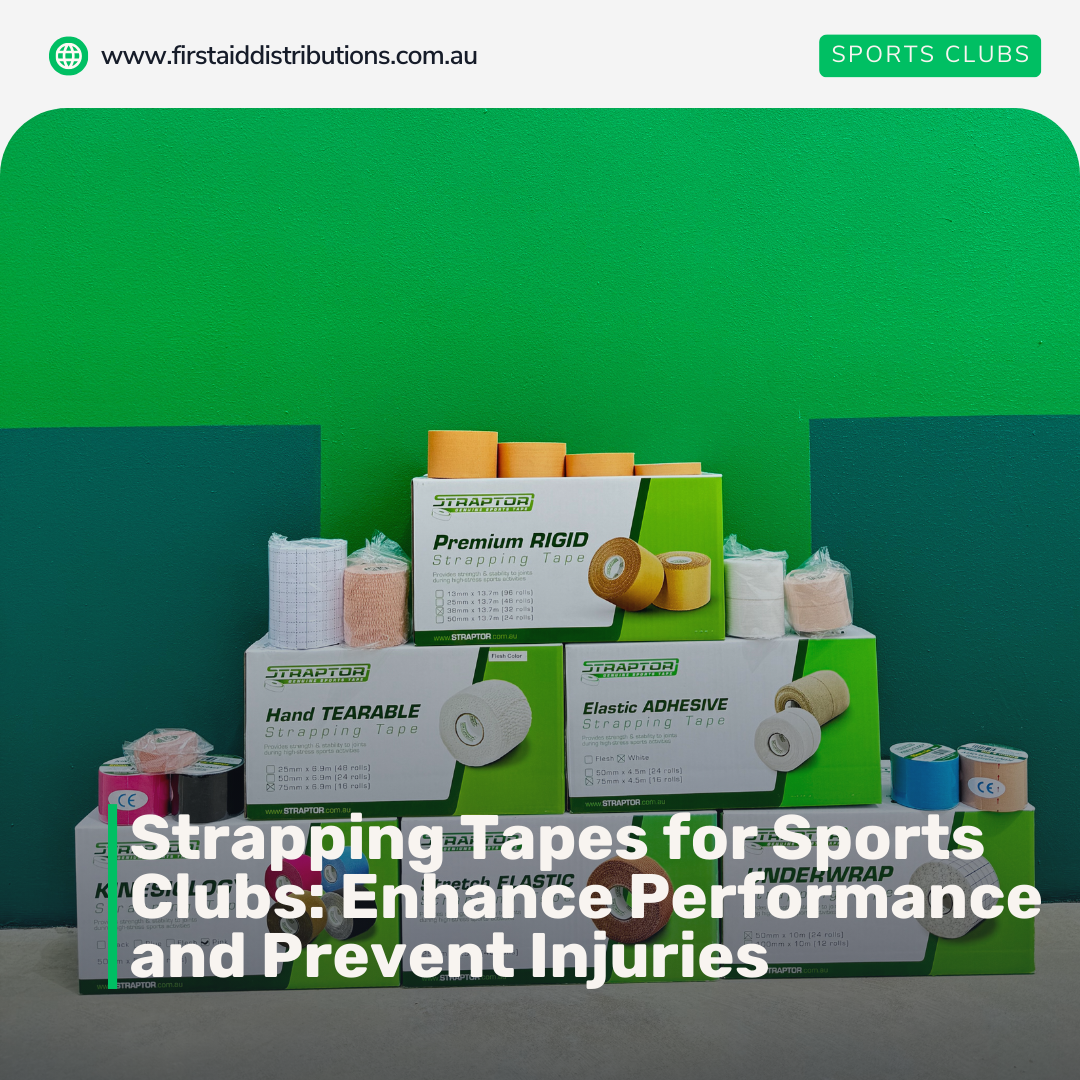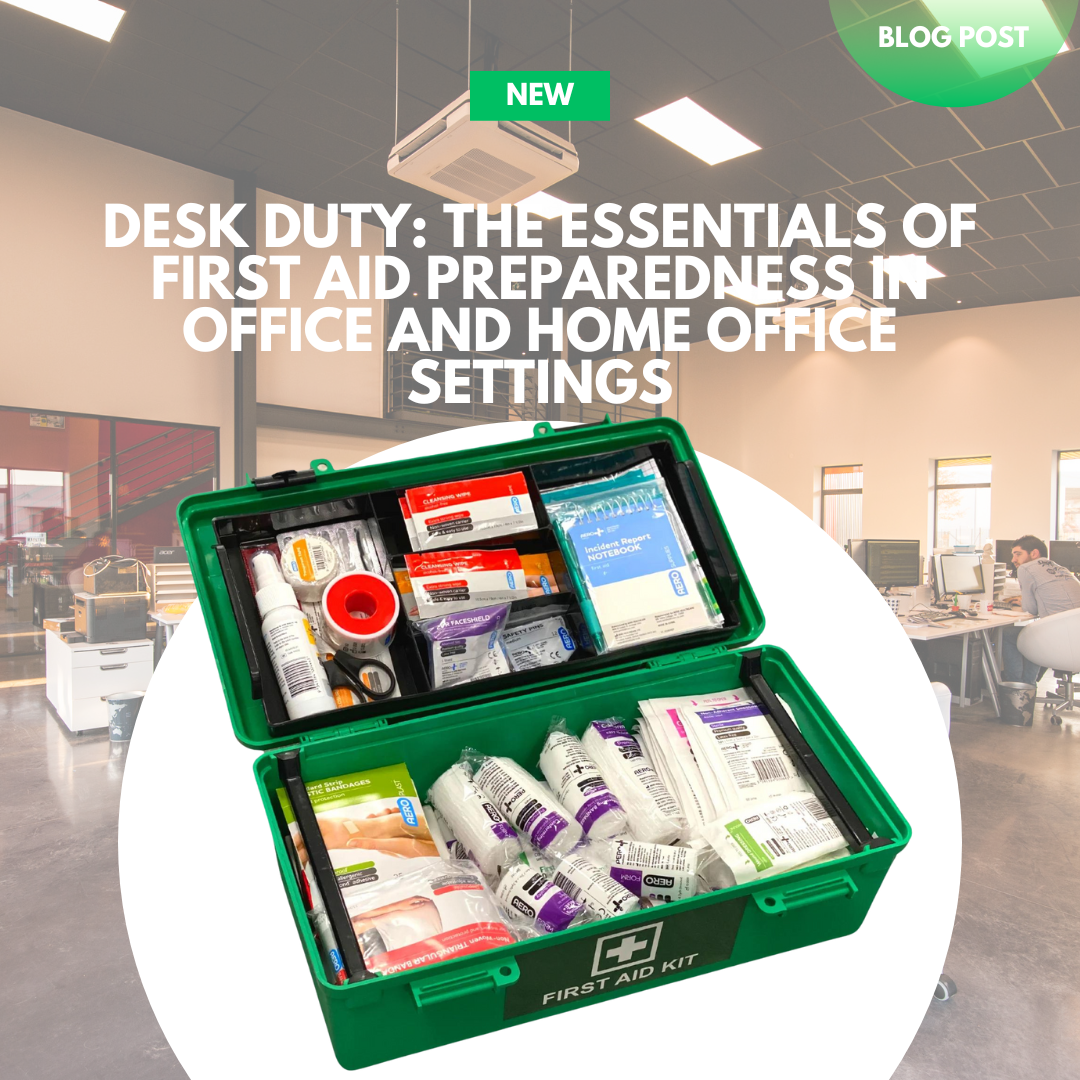
Strapping Tapes for Sports Clubs: Enhance Performance and Prevent Injuries
In the competitive world of sports, athletes constantly push their limits, making injuries an unfortunate but common occurrence. Strapping tapes have emerged as essential tools in sports clubs, not only for injury prevention but also for performance enhancement. This post delves into the world of strapping tapes, highlighting their types, benefits, and application techniques to help sports clubs make the most out of these versatile aids.
What is Strapping Tape?
Strapping tape, also known as sports tape, is used to support and stabilise muscles and joints without restricting the body’s range of motion. It helps in managing pain, reducing swelling, and accelerating recovery from sports-related injuries. The technology behind strapping tapes allows them to mimic the elasticity of the skin and muscles, providing support without affecting the natural movement of the body.
Types of Strapping Tapes
-
Rigid Tape: Known for its lack of stretch, rigid tape provides maximum support to stabilise joints, particularly ankles and knees. It's ideal for preventing injuries in high-impact sports where joints are prone to sprains and dislocations.
-
Kinesiology Tape: This elastic tape lifts the skin slightly to reduce pain and improve blood and lymph flow. It’s used for muscle injuries, inflammation, and even posture correction.
-
Elastic Adhesive Bandages (EAB): These are stretchable and used for compression and support, particularly for muscle injuries. They can be applied to almost any part of the body, making them versatile for various sports injuries.

The Benefits of Using Strapping Tapes
-
Injury Prevention: By providing support to muscles and joints, strapping tapes can significantly reduce the risk of injuries during physical activities.
-
Injury Management: For athletes recovering from injuries, strapping tapes can facilitate a quicker return to sport by stabilising the injured area and preventing further damage.
-
Performance Enhancement: Certain taping techniques can improve athletic performance by enhancing proprioception (sense of body position) and muscle activation.
Application Techniques
The effectiveness of strapping tapes heavily relies on their application. It's essential to apply them correctly, considering the area of the body and the type of injury or prevention desired. Here are general guidelines:
-
Clean and Dry Skin: For the tape to adhere properly, ensure the skin is clean, dry, and free of oils or lotions.
-
Apply a Base Layer: For sensitive skin, consider using a pre-tape underwrap to protect the skin.
-
Direction and Tension: Apply the tape in the direction that supports the muscle or joint. Be mindful of the tension to avoid cutting off circulation.
-
Smooth Application: Ensure the tape is applied smoothly without wrinkles, which can cause irritation or discomfort.
-
Aftercare: Regularly check the taped area for signs of irritation or reduced circulation. Remove the tape if any discomfort or adverse reactions occur.
Strapping tapes are invaluable assets for sports clubs, offering a blend of injury prevention, management, and performance enhancement. By understanding the different types of tapes and their proper application techniques, coaches and athletes can leverage these tools to maintain peak performance and minimise downtime due to injuries. Remember, while strapping tapes are powerful aids, they should be used as part of a comprehensive injury prevention and management strategy, including proper training, warm-up routines, and physical conditioning.

Incorporating strapping tapes into your sports club's regimen requires knowledge and practice. Consider consulting with medical professionals or physiotherapists to get tailored advice and training on using strapping tapes effectively for your specific sports and athletes’ needs. With the right approach, strapping tapes can be a game-changer in achieving sports excellence and keeping your athletes safe and at their best.




